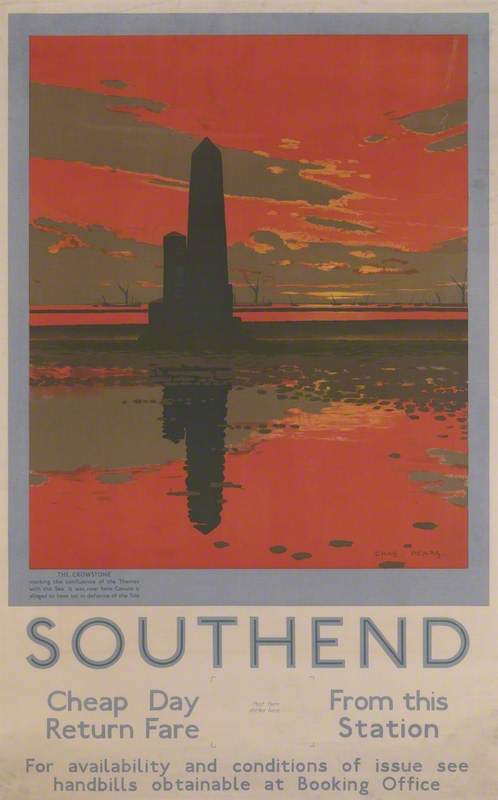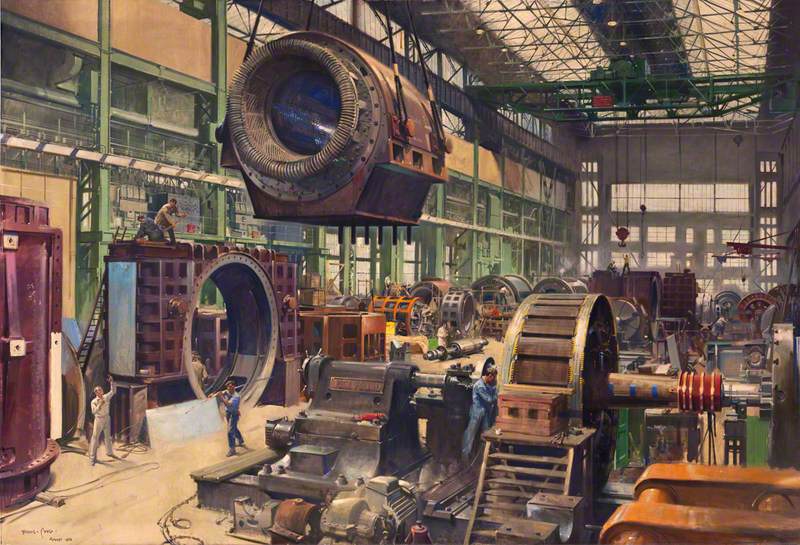Expressive Arts
Exploring the expressive arts is essential to developing artistic skills and knowledge and it enables learners to become curious and creative individuals.
Progression step 3:
- I can explore the effects that a range of creative techniques, materials, processes, resources, tools and technologies have on my own and others' creative work.
- I can explore how creative work can represent, document, share and celebrate personal, social and cultural identities.
- I can explore and describe how artists and creative work communicate mood, feelings and ideas and the impact they have on an audience.
Responding and reflecting, both as artist and audience, is a fundamental part of learning in the expressive arts.
Progression step 3:
- I can give and consider constructive feedback about my own creative work and that of others, reflecting on it and making improvements where necessary.
- I can apply knowledge and understanding of context, and make connections between my own creative work and creative work by other people and from other places and times.
- I can reflect upon how artists have achieved effects or communicated moods, emotions and ideas in their work.






